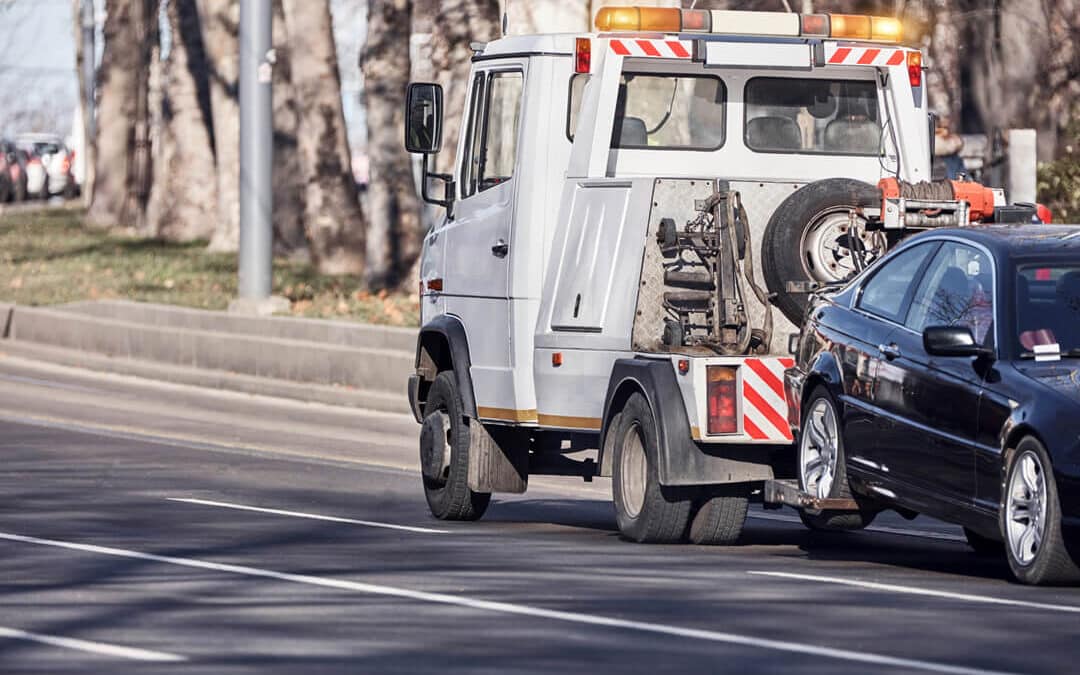Having a vehicle is important to everyday life. Unfortunately, auto loan payments are often one of the most expensive bills you can have which makes it one of the hardest to pay each month.
About 1 million automobiles get repossessed across the United States each year. Most owners of these vehicles tried their best to make the payments on them. But, for various reasons, it was a futile struggle. They could not continue to make the payments and their lender repossessed their vehicle.
Are you too struggling to keep up with the payments on your vehicle? Do you fear your vehicle will be repossessed?
Good news — bankruptcy could help you.
About Repossession
When you got a loan to buy your vehicle, you most certainly signed a repayment agreement with your lender. One of the main aspects of this agreement explains that your lender may take the vehicle back (repossess) if you do not make the agreed-upon payments on time. So, after you default on your loan your lender can start the repossession process and seize and sell the vehicle to recoup their costs.
After the creditor declares you default, they may come on your property any time, without notice, and repossess the vehicle. But, there are limitations to what the repo man can do. They can only repossess the vehicle if they can do so with no “breach of the peace.” Here are some examples of what this means:
- They cannot break a lock, cut a chain, or enter your house to gain access to the vehicle.
- They cannot intentionally damage your property while repossessing the vehicle.
- They cannot physically harm you or anyone on the property, including pets.
- They cannot threaten or verbally harass you.
- They cannot use false pretenses to get access to your vehicle (i.e. tricking you to bring the car in for repair).
Once they repossess your vehicle, the lender must send you a notice of your right to redeem or buy back the vehicle. But, this often means you must pay the entire balance owed on the car, not just the amount you are behind, to get the vehicle back.
If you do not redeem the vehicle, the lender has the right to sell it to someone else. Note, you have the right to get back any personal property you may have left in the vehicle before the lender sells it. After the sale, the lender must send you another notice giving details of the sale and letting you know if you still owe the lender anything.
Bankruptcy Could Help You Avoid Repossession
If you are behind on your car payments and other bills, filing bankruptcy may help you avoid repossession. The first way bankruptcy could help stop repossession is through a court order known as “automatic stay”. This order goes into effect as soon as you file bankruptcy. It prohibits your creditors from taking any further collection attempts against you for the duration of your bankruptcy case. Whether you file for Chapter 7 or Chapter 13 bankruptcy, an automatic stay gets placed on all collection activities, including vehicle repossession.
Both Chapter 7 Bankruptcy and Chapter 13 Bankruptcy offer options for debtors who want to keep their car. But, how your vehicle debt gets handled during and after bankruptcy differs depending on your financial situation and which type of bankruptcy you file.
Under Chapter 7 Bankruptcy, you may protect your car through the Alabama wild card exemption. If that is not an option, you could use the automatic stay delay in repossession to negotiate with your lender. You could negotiate a reaffirmation of your loan. This creates a new contract between you and the lender for more manageable car payments. You could also seek to redeem your vehicle, if it’s fair market value is less than the balance you owe. This allows you to buy your vehicle from your lender at the fair market value, but you have to pay the value in one lump sum. The bankruptcy court must approve each of these options.
Hopefully, during the automatic stay, you could save the money from not having to pay your other creditors to help you with either of these options.
In Chapter 13 Bankruptcy, you can keep possession of your vehicle as long as you agree to use your disposable income to repay the value of the vehicle to the lender through your Chapter 13 Bankruptcy repayment plan which could last 3 to 5 years. Your repayment plan must also include any back payments you owe on the vehicle.
If you owe more on the vehicle than its fair market value, then your loan could get lowered (cram-down). For example, you may owe $15,000 on your vehicle, but its fair market value is $8,00. So, the bankruptcy court would require your lender to readjust your loan so you only pay the secured part of the loan ($8,000). The court would treat the remaining $7,000 as unsecured debt which you would not have to pay or pay at a reduced rate. Also, the bankruptcy court could require your lender to reduce your loan’s interest rate if it is higher than normal rates.
Getting Help Avoiding Repossession
If you’re thinking about filing for bankruptcy to stop repossession, don’t wait for the repo man to show up at your door on your driveway. You need to seek an experienced bankruptcy attorney to find out if bankruptcy will help you keep your vehicle.
Brock & Stout’s bankruptcy attorneys have over 20 years of experience helping Alabamians save their vehicles from repossession. Contact us for a free evaluation of your financial situation to see if we can help you.

